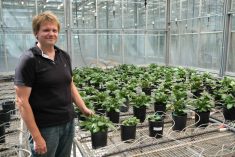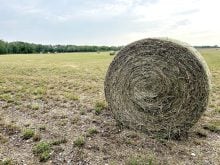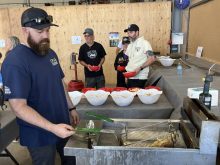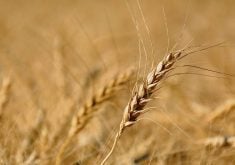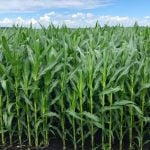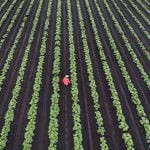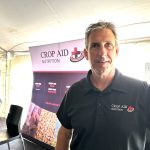Researchers at the University of Alberta have deciphered the genetic code for flax using a highly efficient sequencing procedure developed by the Beijing Genomics Institute.
Canadian researchers now have the genetic information to accelerate improvements for flax and to identify ways to adapt this ancient plant to modern uses, said Mike Deyholos, project researcher with the TUFGEN or Total Utilization Flax Genetics project.
“Canada is the world leader in linseed production – flax – but higher-profile crops like canola, wheat and corn have typically received more research investment,” Deyholos said. “When petroleum products largely replaced linseed oil following the Second World War, flax crop production declined and that meant years of minimal research taking place. We just didn’t have access to as many resources as we had for those other species.”
Read Also
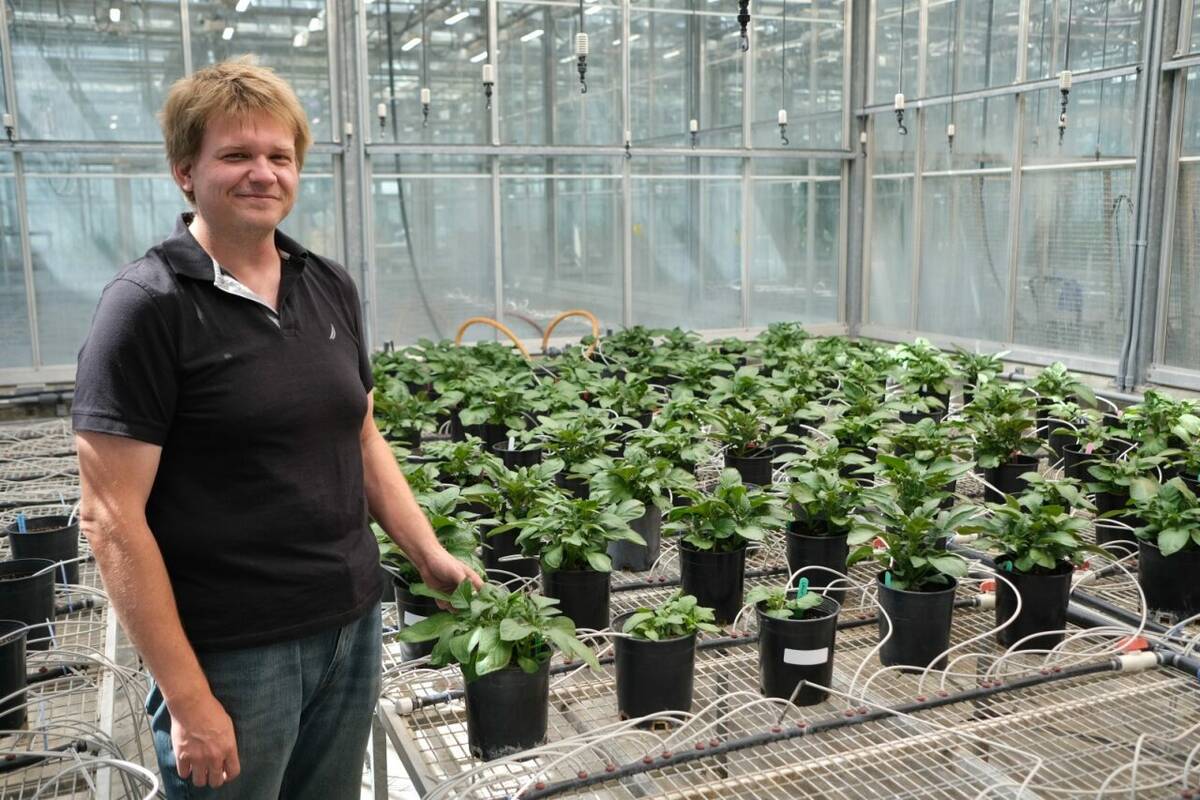
Hail research hopes to benefit potato growers
Alberta research scientist measures hail storm and heat dome affects on potato crops
Flax is the first crop sequenced using de novo (Latin for “from nothing”) assembly of Illumina wholefigenome shotgun sequencing (WGS).
This technology is much less expensive than previous genome-sequencing approaches, but has proved to be as valid as earlier technologies that were applied to crops such as rice.
From an agricultural perspective, breeders had access to only a handful of flax DNA markers until this successful genome project. There are now over 1,000 DNA markers for flax. Having the flax genome sequence and associated data will help breeders and scientists accelerate improvements for flax.
According to surveys conducted by the Flax Council of Canada, flax growers face big problems managing fibre and stems. The stem produces a very strong fibre (bast) that is of limited use in processing. Unlike their counterparts in Europe, growers here can’t make linen from flax stems because the growing season here is too short and the fall is too cold. That leaves growers with fields of almost indestructible material.
Traditionally flax is grown for oil or linen but currently Canadian crops are only used for oil. Applying genetic research to those troublesome bast fibres could actually generate economic and environmental benefits, such as developing a natural alternative to materials like fibreglass. Or if the fibre can’t be used, varieties could be developed that have stems that can be more easily worked back into the soil. Most importantly, having the genome info will help better utilize all the plant. For Canadian flax growers it introduces a new viability for their crop.
Funding for the total $12-million TUFGEN project, of which flax sequencing is a small part, came from Genome Alberta, Genome Prairie, Genome Canada and National Institute of Agricultural Research (INRA, France).


